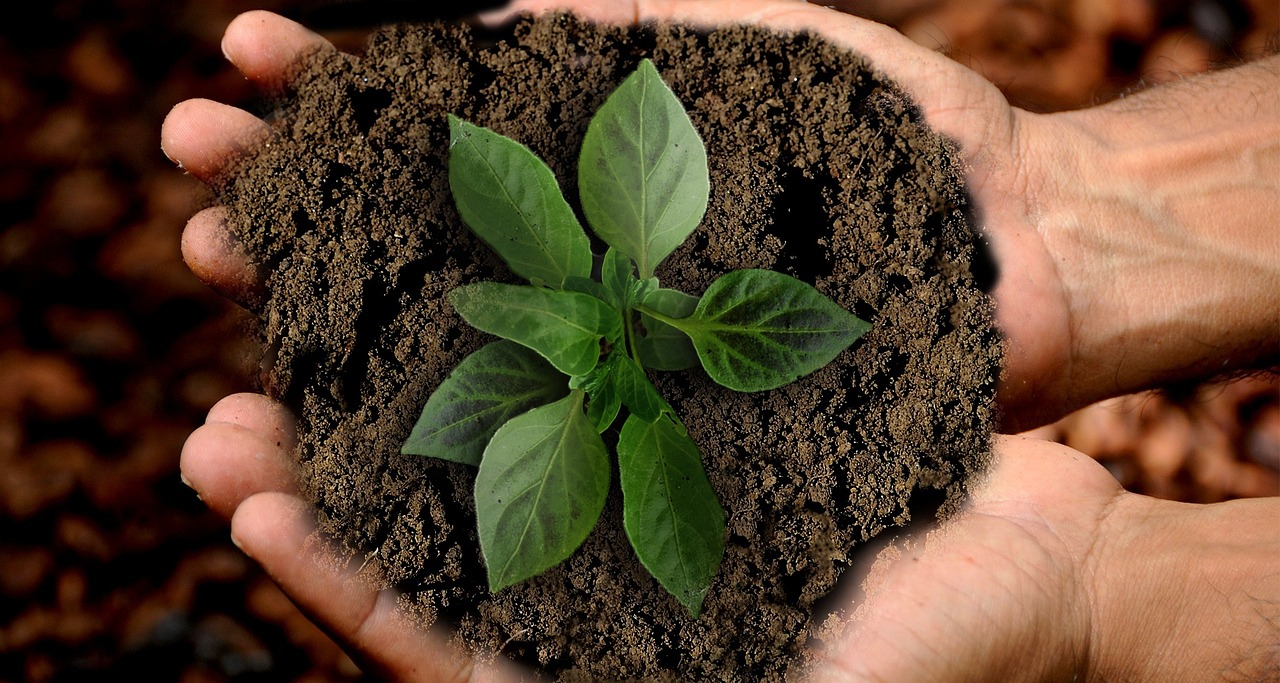The prevailing linear economic model, often termed “take, make, dispose,” has been a dominant force in global production and consumption for centuries. In this model, resources are extracted, used to manufacture products, and ultimately discarded as waste. However, this approach is environmentally unsustainable and results in resource depletion and pollution. In response to these challenges, the concept of the circular economy has gained prominence as a more sustainable alternative. This blog explores the circular economy and its remarkable impact on sustainability.
Understanding the Linear vs. Circular Economy
Linear Economy: In a linear economy, products have a one-way journey from manufacturing to disposal. Resources are extracted, processed into goods, and then discarded after use. This approach is inherently wasteful and unsustainable, as it depletes finite resources, generates excessive waste, and contributes to environmental degradation.
Circular Economy: The circular economy, on the other hand, seeks to redefine the traditional economic model by creating a closed-loop system. It aims to keep products, materials, and resources in circulation for as long as possible. In this system, products are designed to be easily repaired, reused, remanufactured, or recycled, thereby reducing waste and minimizing the consumption of new resources.
Key Principles of the Circular Economy
- Design for Durability and Reuse: Products are engineered for longevity and ease of repair. They are modular and can be disassembled to facilitate repair and refurbishment.
- Reduce, Reuse, Recycle: Emphasis is placed on reducing waste and reusing materials whenever possible. Recycling is a last resort when other options are exhausted.
- Collaborative Consumption: Shared ownership and access to goods are promoted through concepts like sharing, renting, and collaborative consumption models. This reduces the demand for new products.
- Resource Efficiency: Efficient use of resources is paramount, minimizing waste and maximizing the value extracted from materials.
Positive Impacts of the Circular Economy on Sustainability
- Resource Conservation: Perhaps the most significant advantage of the circular economy is its ability to conserve natural resources. By extending the lifespan of products and materials, it reduces the need for new resource extraction, which is often environmentally damaging.
- Reduced Waste Generation: Shifting from a linear to a circular model substantially decreases waste production. This is crucial for alleviating the burden on landfills and reducing pollution.
- Energy Savings: Remanufacturing and refurbishing products often require less energy than producing new ones. This results in reduced energy consumption and lower greenhouse gas emissions.
- Economic Growth: The circular economy can generate economic growth by creating opportunities for new businesses involved in repair, remanufacturing, and recycling. It can also reduce production costs for existing businesses.
- Job Creation: The circular economy model requires a skilled workforce for refurbishment, repair, and recycling activities. This can lead to job creation in these sectors.
- Innovation: Transitioning to a circular economy fosters innovation in product design, materials, and manufacturing processes. Companies are encouraged to rethink their approach to sustainability.
Real-World Examples of Circular Economy Initiatives
- Textile Recycling: The fashion industry is notorious for its environmental impact. However, initiatives like “closed-loop” clothing recycling have emerged, where old textiles are collected and transformed into new garments. Brands like Patagonia and Eileen Fisher have implemented take-back programs to promote the recycling of their products.
- Electronics Remanufacturing: Some companies specialize in remanufacturing electronic devices, extending their lifespans and reducing e-waste. This not only conserves resources but also reduces the environmental footprint of electronic gadgets.
- Waste-to-Energy Plants: Some waste-to-energy facilities convert non-recyclable waste into electricity or heat. While this isn’t a purely circular approach, it represents a more sustainable way to manage waste and recover energy.
- Car Sharing and Ride-Hailing Services: Companies like Zipcar and Uber contribute to a shared mobility economy, reducing the number of vehicles on the road and encouraging the efficient use of resources.
- The Cradle to Cradle Design Framework: Developed by architect William McDonough and chemist Michael Braungart, this framework promotes sustainable product design with a focus on recyclability and reusability.
Challenges and Barriers to the Circular Economy
While the circular economy presents numerous benefits, it also faces challenges:
- Consumer Behavior: Consumers often favor the convenience and affordability of new products over the durability and longevity of items. Changing consumer behavior is a significant hurdle.
- Economic Structures: Traditional linear economic models are deeply ingrained in the global economy, making it difficult to shift to a circular system.
- Regulatory and Policy Frameworks: The development and implementation of supportive policies and regulations are necessary to facilitate a transition to the circular economy.
- Supply Chain Complexity: Creating a closed-loop system often requires changes and cooperation throughout the entire supply chain, which can be complex and challenging.
- Resource Availability: The availability of certain materials may pose limitations on the feasibility of a circular economy for some products.
The circular economy represents a revolutionary approach to sustainability by redefining how we produce, consume, and manage resources. It offers a path to conserving natural resources, reducing waste, and lowering environmental impact. To fully realize the potential of the circular economy, collaboration between governments, businesses, and consumers is essential. By embracing and supporting this more sustainable economic model, we can pave the way for a more environmentally responsible and prosperous future.
